Planet-forming disks around stars may come preloaded with ingredients for life0
- From Around the Web, Space
- May 12, 2021
Methanol found around a hot, young star must have formed in cooler interstellar environs
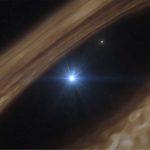
Methanol found around a hot, young star must have formed in cooler interstellar environs

Sometime in the early Jurassic, an ancient squid-like creature speared a yummy lobster-like crustacean with its many hooked tentacles. Just as it began to dig into its meal, the eater became the eaten.
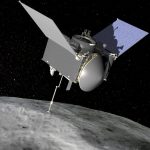
With rubble from an asteroid tucked inside, a NASA spacecraft fired its engines and began the long journey back to Earth on Monday, leaving the ancient space rock in its rearview mirror.

Odd-looking nails could be a sign of previous coronavirus infection, a top UK scientist has said.
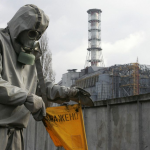
Scientists are scrambling to neutralize the threat.
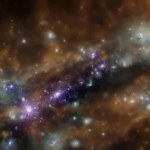
Astronomers are getting some answers to an age-old question.
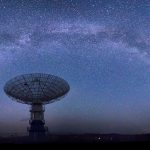
New technologies and techniques are searching for signs of alien life as never before. What and where will that potential life be?
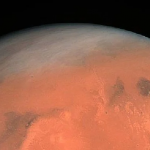
Evidence seems to be mounting for a geologically and volcanically active Mars.

The evaluation is to determine the extent to which the US Department of Defense has taken actions regarding Unidentified Aerial Phenomena.

SpaceX managed to land its prototype Starship rocket at its Texas base without blowing it up on Wednesday, the first time it has succeeded in doing so in five attempts.



